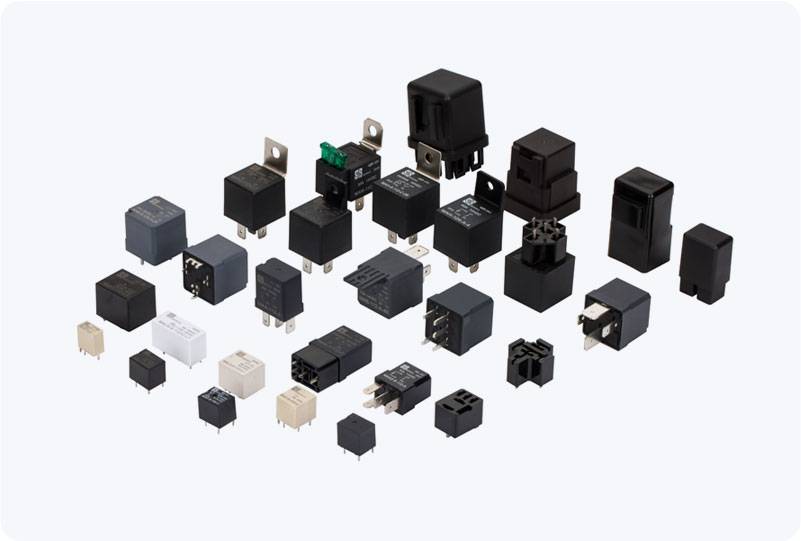Power relays are critical components in electrical systems, acting as switches that control the flow of electricity in response to a signal. Their ability to handle high voltages and currents makes them indispensable in various applications, from industrial machinery to household appliances. However, one of the most common and damaging issues encountered with power relays is contact welding. This phenomenon, where the relay contacts fuse together due to excessive heat or electrical arcing, can lead to system failure, reduced performance, and potential safety hazards. In this article, we will explore the causes of contact welding in power relays and discuss solutions to mitigate this issue effectively.

The Problem of Contact Welding in Power Relays Contact welding occurs when the electrical contacts within a relay become permanently stuck together due to high temperatures or the buildup of pressure during the switching process. This can be caused by several factors, including: Excessive Current Load: When a relay is subjected to a high current load, the resulting heat can cause the contact points to overheat. If the current is high enough, it can lead to the melting or fusing of the contacts. Electrical Arcing: Every time a relay opens or closes, there is a momentary electrical arc between the contacts. Over time, these arcs can wear down the contacts, leading to pitting, degradation, and ultimately welding.
Leave a Reply
You must be logged in to post a comment.